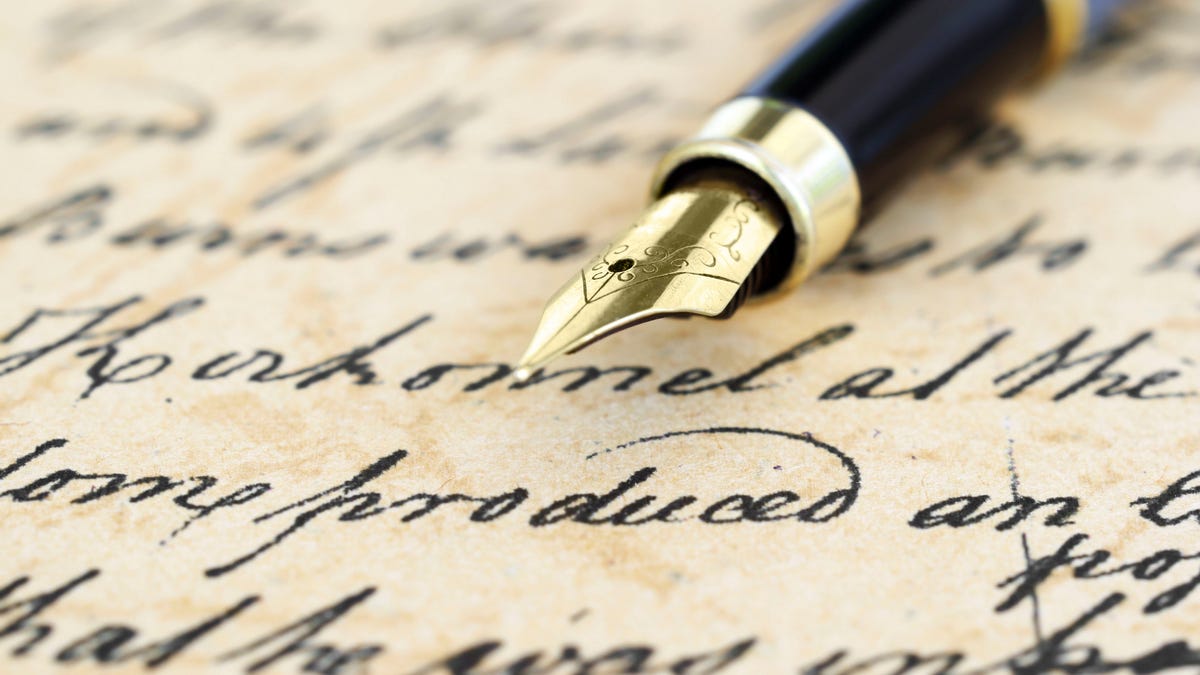
(iStock)
Many school systems in this country no longer teach penmanship, especially cursive writing. I strongly disagree with their decision to discontinue teaching penmanship.
The entire financial and legal system in the United States is based upon signature identification. Your driver’s license, passport and almost all forms of identification require a signature. If you have signed, witnessed and dated a document it is legally binding.
As a forensic document examiner (also called a handwriting expert), I testify in court regularly regarding the genuineness of signatures. I am also called upon to identify the author of anonymous letters by comparing the writing with known handwriting samples.
[pullquote]
Every adult has handwriting habits that are unique to themselves, especially in their signatures. Handwriting is sometimes referred to as “a fingerprint of the mind.” When multiple actual signatures of a person in a case are collected and examined, document examiners can identify the habits that are common to their signatures. These habits of the writer assist us in rendering an opinion of a signature that is in question whether forged or genuine.
Will the youth of our country revert back 100 years and create an X on a document for identification because they don’t know how to write? There must be enough complexity in a signature to be able to make a proper identification of the author. I’m sure everyone has seen signatures that appear to be nothing more than perhaps an “O” and a line. It is much easier to emulate that person’s writing.
Perhaps electronic signatures are the way of the future -- where you sign your name on the small device with the attached stylus after using your credit card at the supermarket, Home Depot or for the UPS driver who has just delivered a package. However, you must still be able to write a signature for proper identification.
I was a high school teacher for many years before changing careers and becoming a forensic document examiner. I have seen a number of studies demonstrating that when students take handwritten notes in class, more of the information that was presented is retained. When I was a student studying for a test I usually took my “rushed sloppy notes” from the class and rewrote them as part of studying the information. I believe it helped me in learning to retain more of the information.
Handwriting is a physical act. Some students learn best by listening to what is being taught, some by seeing what is being taught and some by physically writing notes on the subject. It has been demonstrated that the more ways the material is given by the instructor, the more learning will take place.
To me the “handwriting on the wall” indicates that many problems will arise because handwriting is no longer taught in schools. In addition, there will be other unexpected problems.
Robert Baier, a certified forensic document examiner, is author of “Identity Theft Prevention for the College Student.”
